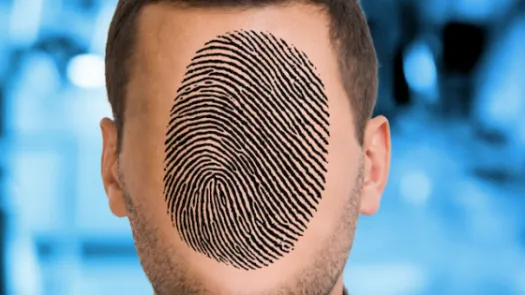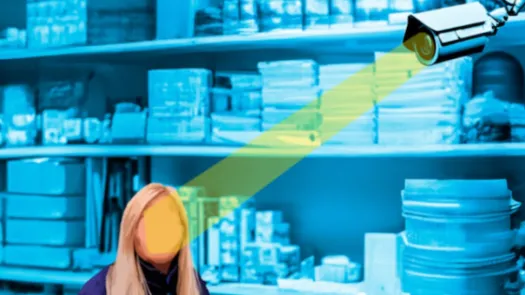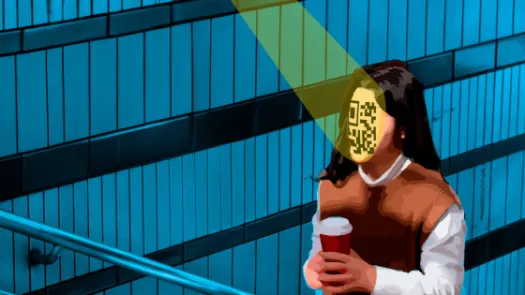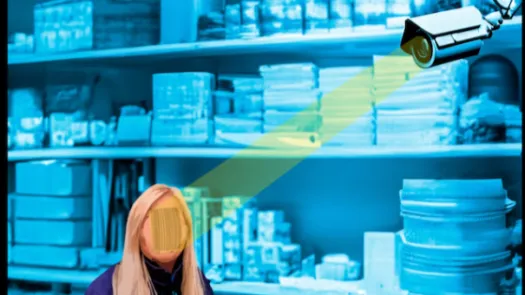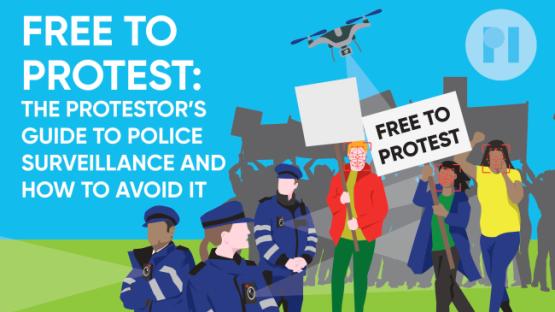
Can we be free to protest in an age of high tech police surveillance of protests?
Read our new ‘Free to Protest’ guides and learn about the high tech surveillance tools that enable the police to identify, monitor and track protestors, indiscriminately and at scale - and find out how you can better protect yourself.
- PI’s new ‘Free to Protest’ guides (UK edition) provide wide-ranging, bite sized information to protestors about police surveillance capabilities at protests.
- The guides provide information about tools like facial recognition, IMSI catchers and mobile phone extraction.
- We also provide information about how to better defend yourself against surveillance, although there are no perfect solutions.
- You can access each of the bite-sized guides from the 'Free to Protest' homepage.
- Or you can download the full compiled 'Free to Protest' guide in pdf format.

Imagine going to a peaceful protest and having to show your ID to the police before you can join it. Or having to fill out a form about why you are attending that particular protest.
Sounds absurd, right? Surely we should all be free to protest, without the police knowing who we are?
But high tech surveillance of protests is real, and it enables the police to identify, monitor and track protestors, indiscriminately and at scale.
For example, your face is increasingly becoming your ID card with the rapid development of facial recognition technology and its deployment at protests. But even if you cover your face, the way you walk can even reveal your identify through using gait recognition technology. As well as surveilling your face and body, the police can also surveil you through your phone. The police can access the data on your smartphone through mobile phone extraction and hacking, or intercept your messages by tricking it into connecting with a fake mobile phone mast. And they can even data mine social media posts about an upcoming protest to identify who will be attending. Combined with body worn video cameras, and drones fitted with cameras hovering in the sky above, the police now have access to awe-inspiring surveillance capabilities.
Perhaps the most troubling aspect of this is that you won’t know whether any, some or all of these technologies are being deployed when you attend a protest. This makes protests a modern panopticon, whereby even if you’re not actually being watched, you act as if you are being watched, and modify your behaviour accordingly. Indeed, perhaps you might think twice about even attending a protest because you don’t want to trade your right to protest with your right to privacy.
What is so concerning is that while the technology is incredibly intrusive and sophisticated, there is little if any transparency, accountability or regulation in most countries. The upshot of all of this, in simple and stark terms, is that you can’t go to a peaceful protest and be confident that you won’t end up on a watchlist (to be clear, we’re not saying you will end up on a watchlist, only that there is little if any regulation to prevent you being added to one). That’s an alarming point to have to make, but this is yet another aspect of the chilling effect on the right to protest.
And make no mistake, it’s not just about targeting people suspected of wrongdoing. In the UK, for example, people can find themselves labelled as ‘domestic extremists’ or more recently as ‘aggravated activists’ just for attending the ‘wrong’ kind of peaceful protest. The right to protest is facing threats across the world, even in democratic countries where it is supposed to be a bedrock of our essential freedoms.
Little information is currently publicly accessible about police surveillance at protests. This is why we have produced 'FREE TO PROTEST: THE PROTESTOR’S GUIDE TO SURVEILLANCE AND HOW TO AVOID IT'. It's a UK focused guide, but we are currently working with our partners to adapt and translate the guides to different national contexts.
It’s a wide ranging, but concise guide to policing surveillance capabilities that can and are used at protests. We provide information about how you can try to protect your anonymity and better control access to the data stored on your phone. But it’s important to point out that because of the sophistication of the police’s surveillance capabilities, it’s extremely difficult if not impossible to totally evade it.
The guides are bite-sized and modular, which means that you can read them quickly, and in any order, and indeed you can just read those that you are interested in or most concerned about. Over time, we hope to add more guides to provide a more comprehensive overview of police surveillance capabilities at protests.
But our ‘Free to Protest’ work goes beyond providing information to protestors and protest organisers. We will shortly launch a new ‘protest surveillance tracker’, to monitor and show how police surveillance is impacting on people’s right to protest around the world.
And we will also be working with partners around the world to advocate for stronger regulation of police surveillance of protests, so that we can all be free to protest.
